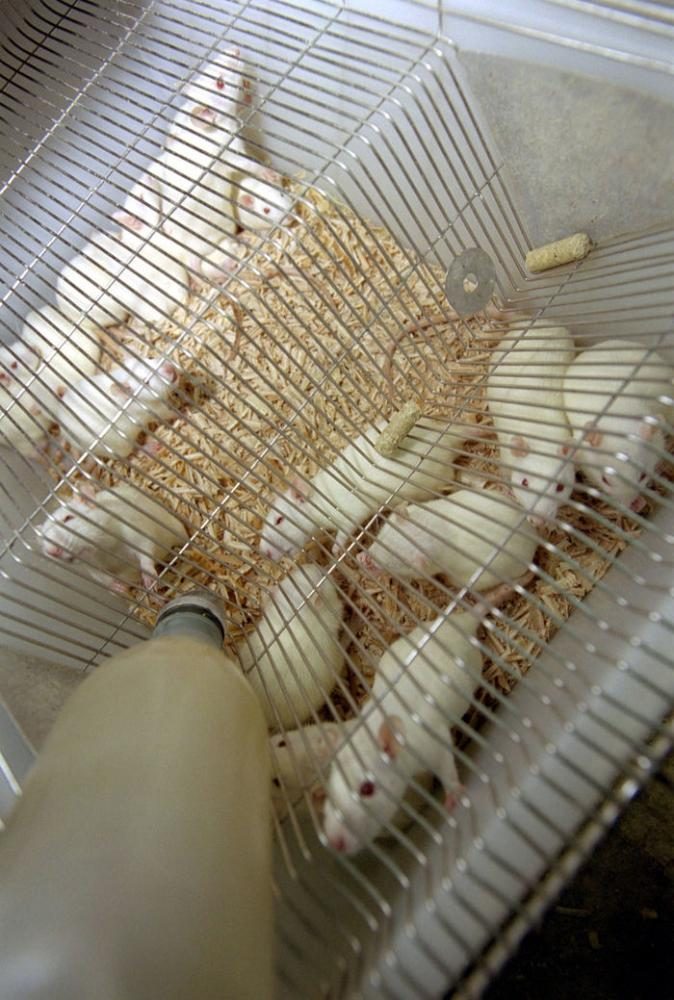Malaria research reveals differences in mouse disease resistance due to bacteria
February 29, 2016
A WSU professor is studying the differences in how gut bacteria in mice influence malaria susceptibility.
Nicolas Villarino, a professor of pharmacology and individualized medicine at the WSU College of Veterinary Sciences traveled to the University of Tennessee to conduct a study on malaria in mice.
During their research, they discovered that genetically similar mice from different vendors have differences in their gut bacterial communities, which changes their susceptibility to malaria.
“I wish I could tell you it was a brilliant idea,” Villarino said. “But it was a brilliant observation.”
During their research, they had to switch where they bought the mice, and found the mice from the other vendors were not affected by malaria in the same way.
They discovered two microorganisms, Lactobaillus and Bifidobacterium, that made the mice more resistant to malaria, Villarino said.
“This is quite exciting because the parasite that causes malaria never directly interacts with the gut microbiota,” said Nathan W. Schmidt, an assistant professor at the University of Louisville and lead principal investigator on the study, “which raises the hope that perhaps in the future new malaria therapies that target the gut microbiota might be capable of preventing severe malaria.”
Schmidt said in addition to making the unexpected observation that microbiome regulate the severity of malaria, they were also able to identify the specific microbes and their metabolites that cause it.
Villarino said when they transferred bacteria from one mouse to another they were able to make other mice more resistant to malaria.
Currently, the results of this study only apply to mice, but Villarino plans on doing more research to see if these results can be extrapolated to humans.
“Everything is related to mice,” Villarino said. “It cannot be extrapolated to humans in any means, yet.”
Reporting by Rebecca White











